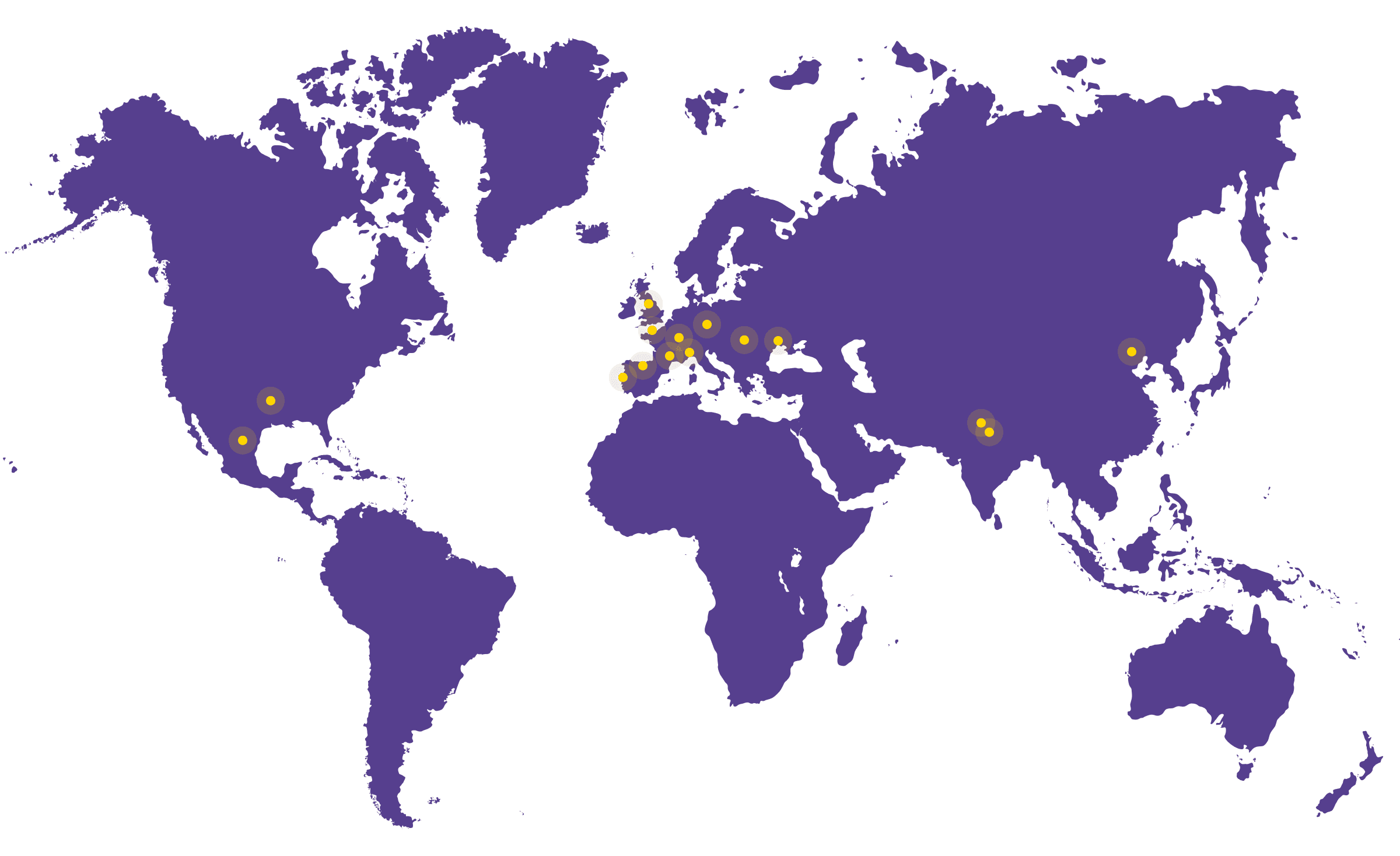404 Error
Sorry, that page can't be found
But you know what can? Any employee, anywhere in the world.

New 2025 H-1B visa fees are here. EOR offers a simpler, cost-effective alternative > Read more about EOR
404 Error
But you know what can? Any employee, anywhere in the world.
